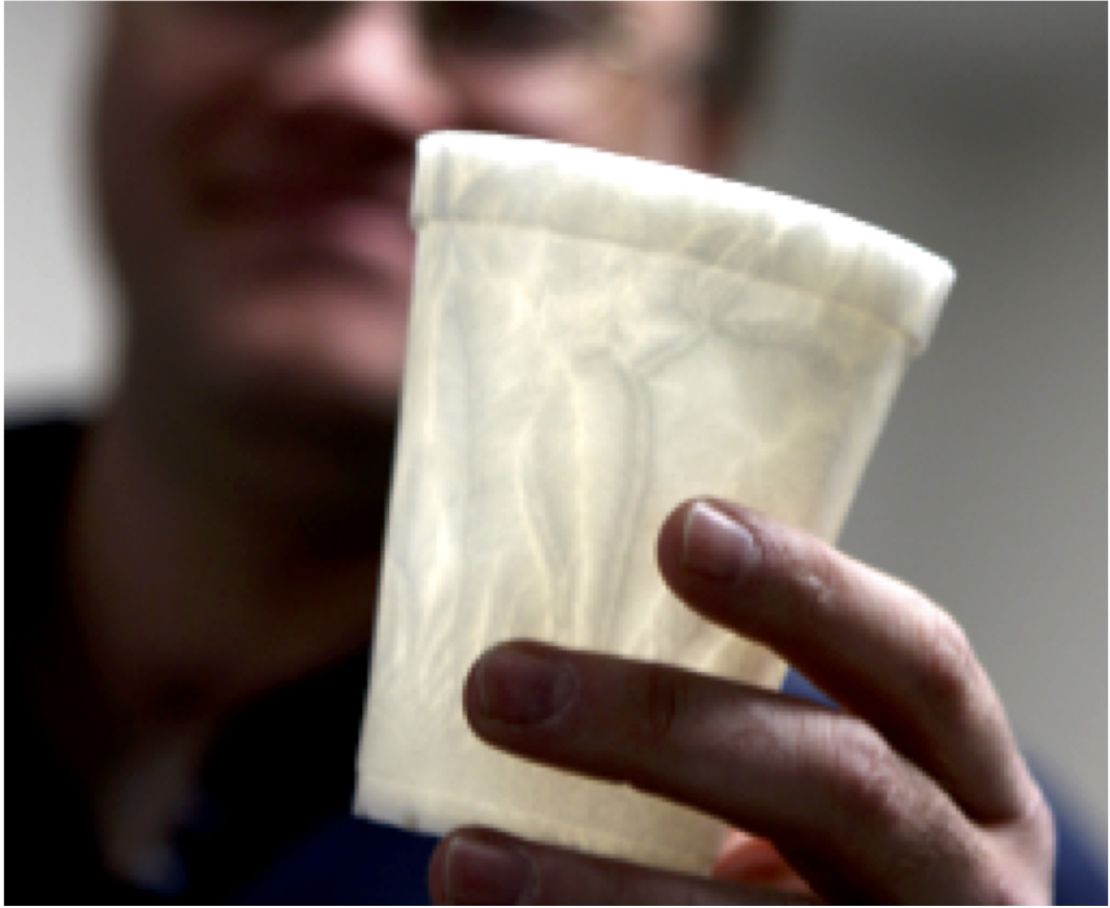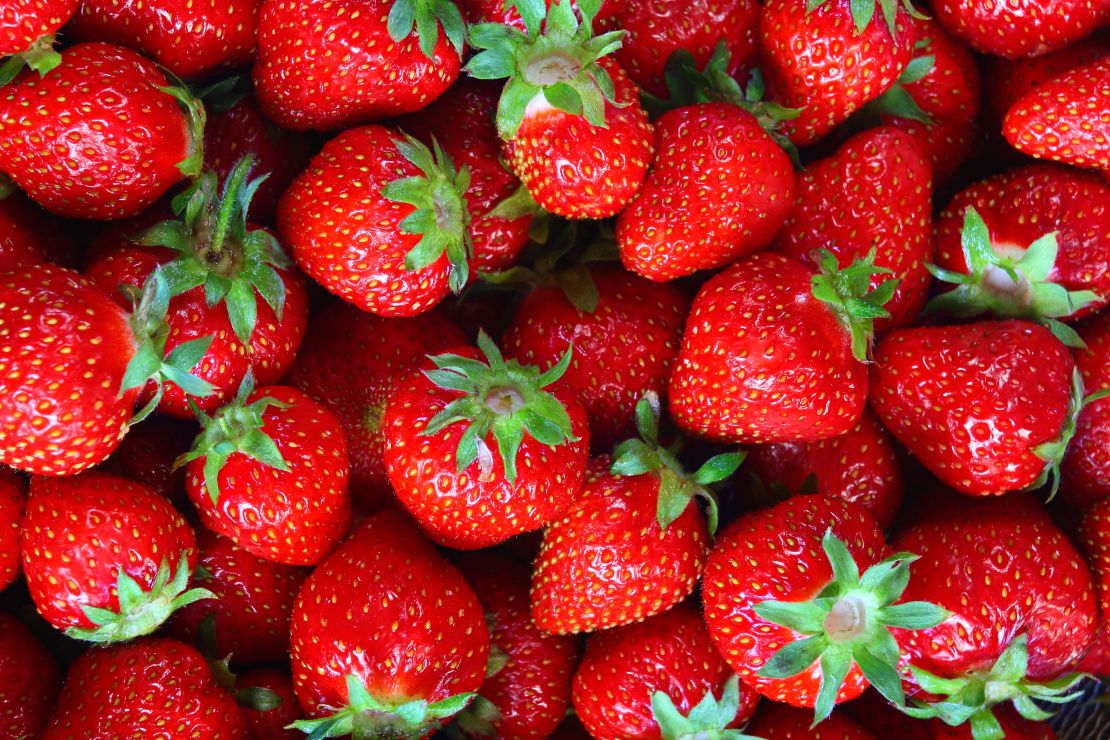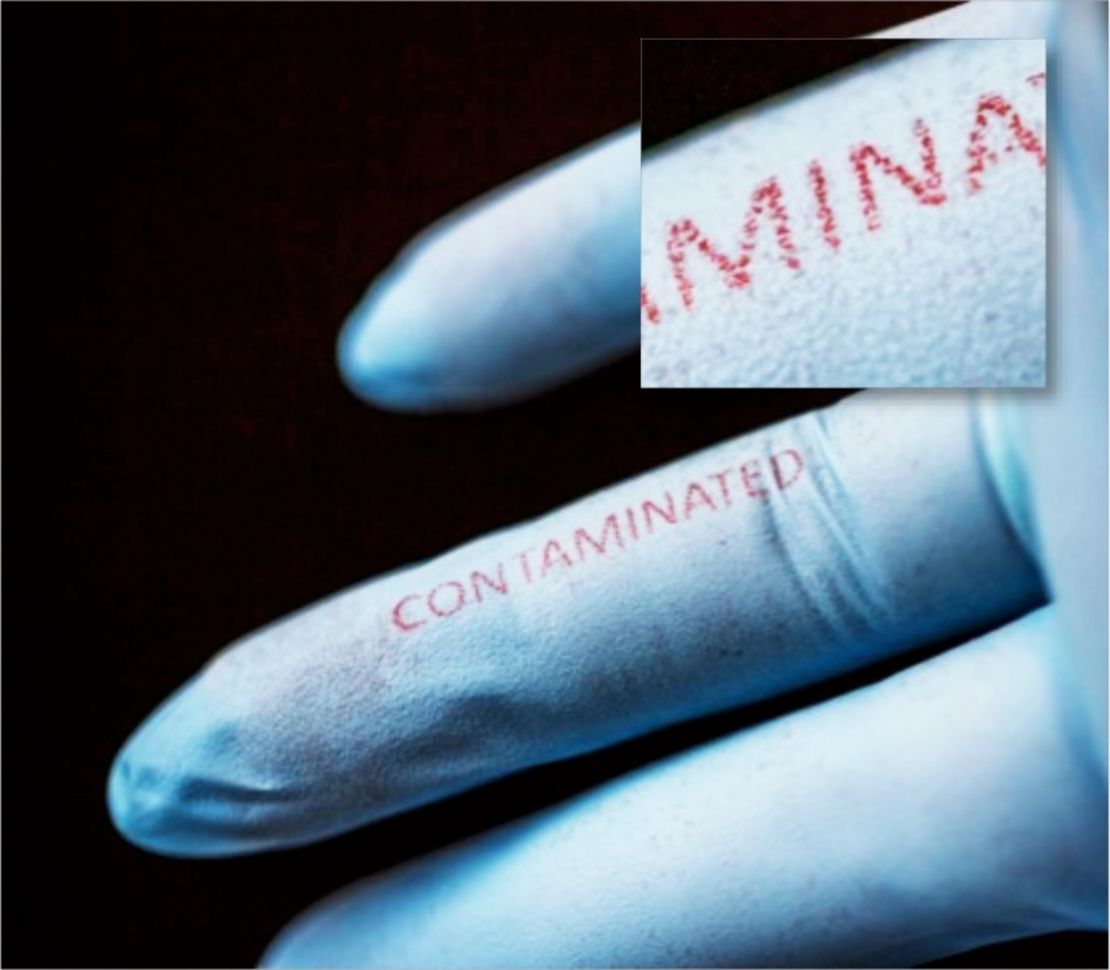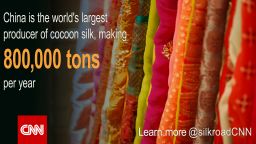Legend has it silk was discovered by a Chinese empress who was sipping tea under a mulberry tree when a cocoon fell in her cup; the heat unraveling the miraculous material within.
Whether or not the fantastic tale is true, more than 5,000 years later silk fabrics have come to signify luxury, elegance, and even seduction.
But silk’s attributes go beyond mere clothing – from medicine, to electronics, and household goods, scientists are experimenting with new uses for silk that could shake-up society as we know it.
Here are some of the best.
The healing ‘microchip’ under your skin

Imagine a thin, centimeter-long square of silk – a bit like a tiny stamp. This would be the basis of a dissolvable electronic circuit board that could be implanted under the skin, and used to kill infections.
“The circuit board is made from magnesium, on a film of silk,” explains Fiorenzo Omenetto, Professor of Biomedical Engineering at Tufts University in Massachusetts.
“You put it inside an animal that has a bad abscess, you put the little band aid on, and you close it up. Then you turn the device on wirelessly and the resistor inside the animal heats up and the heat kills the infection – two weeks later the whole device is dissolved.”
The biodegradable coffee cup

Not only can silk be reintegrated into the body – it can be reintegrated into the environment. That means the possibility of crafting biodegradable objects, like a coffee cup, that won’t end up in a landfill.
“A silk cup can be thrown away without harmful effects to the environment – unlike a polystyrene cup,” says Omenetto.
“It’s edible, so you can do smart packaging around food and can cook it with the food. It doesn’t taste good, so I’m going to need some help with that.”
The food preserver

In fact, Omenetto admits that silk “doesn’t really taste like anything – maybe a little bit of the earthy flavor that you smell from the cocoons.”
But it could be used to preserve other foods.
“You could use silk as a stabilizing coating for food – we are experimenting with thin silk coatings on fruit that prevents them from rotting at room temperature,” adds Omenetto.
“So in the future you could avoid using other preservatives like waxes.”
The LED tattoo
Much like the healing circuit board under the skin, a silk film could also be used for the basis of an LED tattoo.
In this case, tiny silicon chips – just 250 nanometers thick – are attached to the silk base, which is molded to the shape of the skin with a saline solution.
“We made these implantable light sources where the LEDs light up wirelessly when next to a charging station – similar to the technology used in wireless hotel entry,” says Omenetto.
“The electronics are very thin,” he says, adding that the research team had already received emails from people requesting the space-age tattoo since they first started experimenting.
The medicine-releasing implant
One of the most impressive characteristics of silk is its ability to contain other substances – to literally cocoon them in a case. This means that if you filled it with medicine and implanted it in the body, it could slowly release the medicine inside you.
“So imagine you had a screw made of silk that you used to affix bones together – like a fractured leg,” explains Omenetto.
“If that screw was filled with medicine, it could be used to deliver drugs at the same time, while your bone is healing.”
The bacteria-detecting glove

For the first time, Omenetto’s team has now turned silk into a printable inkjet formula – and the possibilities are endless.
“For example, we could print on a latex hospital glove, cover it in silk with these other chemistries, so that when you wear the gloves and touch a contaminated surface it would change color to red,” he says.
“Or imagine you have a complex cut – you just take a picture and send it to the printer and print a special bandage with drug distribution that follows the shape of the wound. And this could be done on a desktop computer, like printing a picture.”
As Omenetto says: “Silk is the fiber that dreams are made of.”











